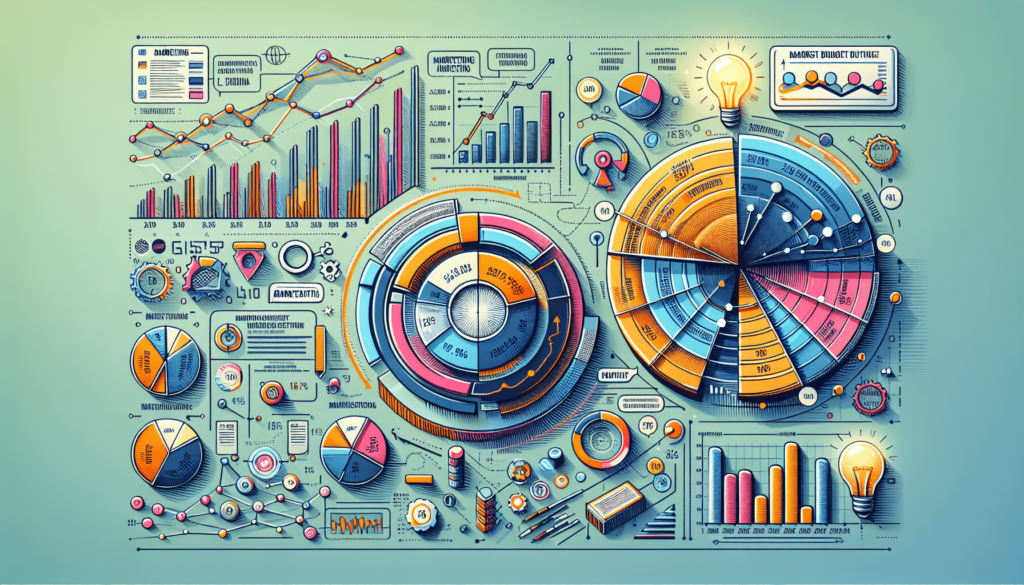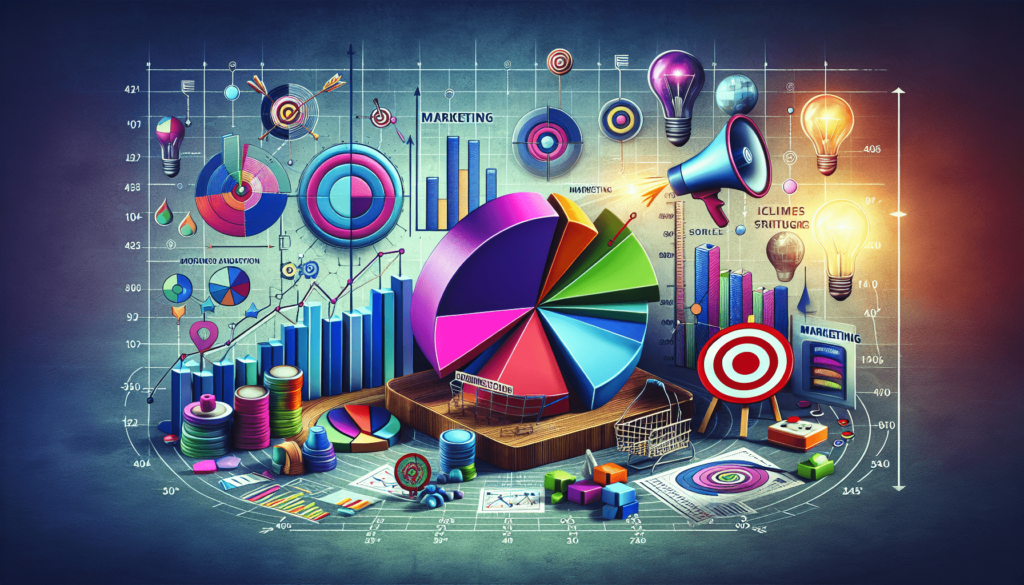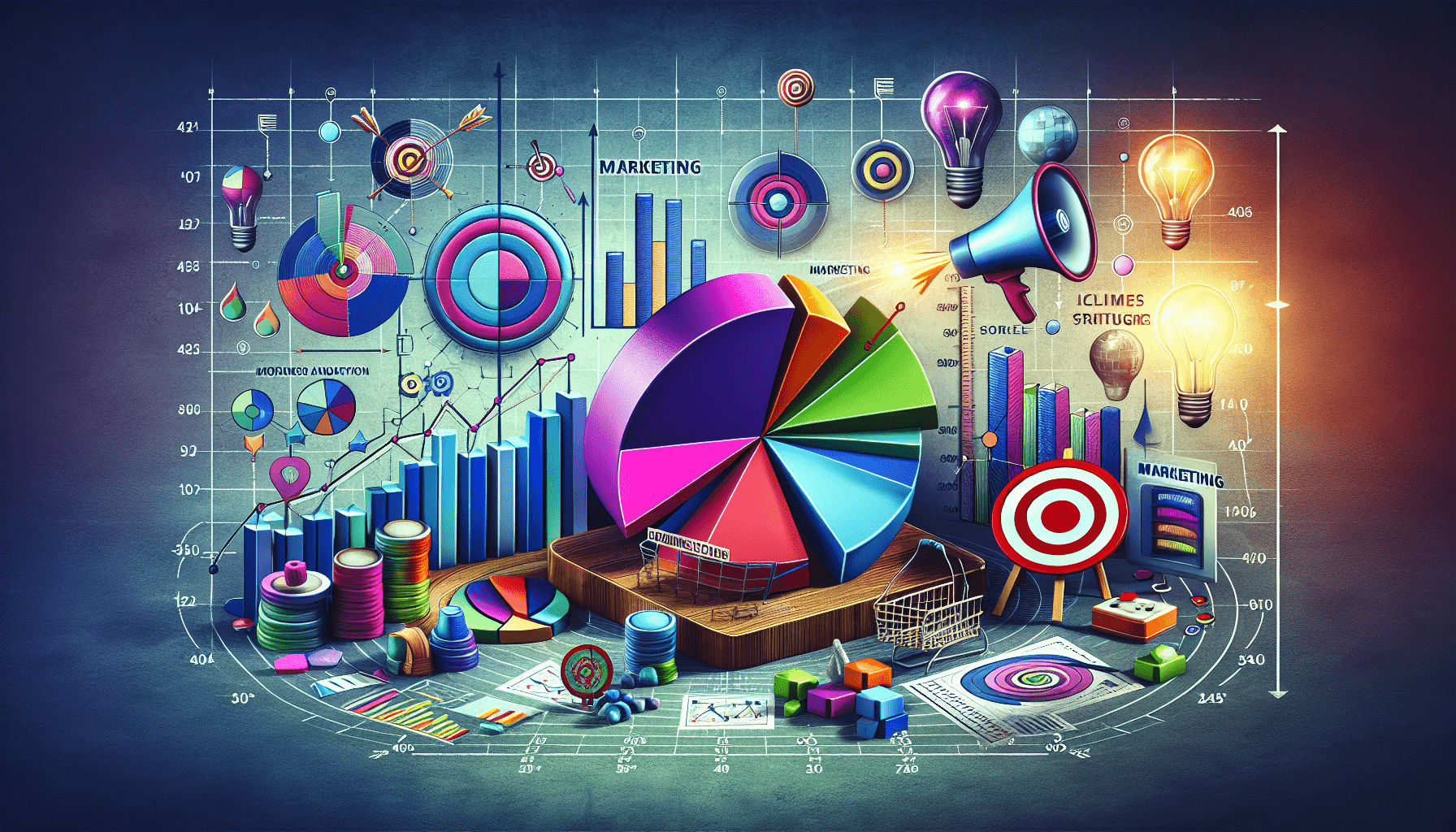How To Use Data Visualization In Marketing Reports
Have you ever wondered how you can make your marketing reports more visually appealing and easier to understand? Data visualization is the answer! By incorporating charts, graphs, and other visual elements into your reports, you can effectively communicate complex information in a simple and concise manner. In this article, we will discuss the importance of data visualization in marketing reports and provide you with tips on how to use it effectively.
The Importance of Data Visualization in Marketing Reports
Data visualization is a powerful tool that can help you convey your message more effectively. Instead of presenting your audience with a wall of text or a table of numbers, you can use charts and graphs to present your data in a more engaging and easily digestible format. This visual representation of data can help your audience quickly grasp key insights and trends, making it easier for them to make informed decisions.
When it comes to marketing reports, data visualization can be particularly beneficial. Marketing data is often intricate and multifaceted, with multiple variables and metrics to consider. By using visual elements such as charts, graphs, and maps, you can bring this data to life and present it in a way that is clear, concise, and visually appealing.
Why Visuals Matter in Marketing Reports
Visuals matter in marketing reports because they make information more accessible and engaging for your audience. Instead of sifting through pages of text or rows of numbers, your audience can quickly grasp key insights and trends at a glance. This not only saves time but also makes it easier for your audience to understand and act upon the information presented.
The Power of Storytelling Through Data Visualization
Data visualization can also help you tell a compelling story with your marketing data. By using visuals to highlight key data points and trends, you can guide your audience through a narrative that illustrates the impact of your marketing efforts. Whether you are showcasing the success of a recent campaign or identifying areas for improvement, data visualization can help you craft a persuasive and impactful story that resonates with your audience.
Types of Data Visualization for Marketing Reports
There are several types of data visualization that you can use in your marketing reports, each with its unique strengths and applications. From simple bar charts to interactive dashboards, the possibilities are endless. Here are some common types of data visualization that you can consider using in your marketing reports:
Bar Charts
Bar charts are one of the most straightforward and effective ways to visualize data. They are ideal for comparing different categories or showing trends over time. You can use vertical or horizontal bar charts, depending on the orientation of your data. Bar charts are versatile and easy to interpret, making them a popular choice for marketing reports.
Line Graphs
Line graphs are perfect for showing trends and patterns over time. They are ideal for illustrating changes in data values and highlighting key insights. Line graphs are particularly useful for showcasing the performance of marketing campaigns or tracking customer behavior over time.
Pie Charts
Pie charts are excellent for showing the distribution of data across different categories. They are ideal for illustrating percentages and proportions and are particularly useful for comparing the relative sizes of data points. However, it is essential to use pie charts sparingly and avoid overcrowding them with too many slices.
Scatter Plots
Scatter plots are useful for visualizing relationships between two or more variables. They are ideal for identifying correlations and trends in your data and can help you identify outliers and anomalies. Scatter plots are excellent for showcasing the impact of marketing efforts on key metrics and identifying areas for improvement.
Histograms
Histograms are perfect for visualizing the distribution of data values. They are ideal for showing the frequency of data points within specified ranges and are particularly useful for identifying patterns and anomalies in your data. Histograms are excellent for showcasing customer demographics and segmenting your target audience effectively.

Best Practices for Using Data Visualization in Marketing Reports
When it comes to using data visualization in marketing reports, there are several best practices that you should keep in mind. By following these guidelines, you can ensure that your visualizations are clear, effective, and engaging for your audience. Here are some best practices for using data visualization in marketing reports:
Choose the Right Type of Visualization
It is essential to choose the right type of visualization for your data. Consider the nature of your data and the insights you want to communicate when selecting a visualization type. For example, if you want to compare data across different categories, a bar chart may be more suitable than a pie chart. Think about the message you want to convey and choose a visualization that best showcases this information.
Keep It Simple
Simplicity is key when it comes to data visualization. Avoid cluttering your visualizations with unnecessary elements and focus on presenting your data in a clear and concise manner. Use straightforward color schemes, avoid unnecessary gridlines, and label your axes clearly. Remember, the goal of data visualization is to make complex information more accessible, so keep your visualizations simple and easy to interpret.
Use the Right Tools
There are many tools available that can help you create stunning visualizations for your marketing reports. From simple charting tools to complex data visualization software, the options are endless. Choose a tool that suits your needs and skill level, and experiment with different features and functionalities. Whether you prefer a drag-and-drop interface or want to customize your visualizations with code, there is a tool out there for you.
Consider Interactivity
Interactive visualizations can enhance the user experience and allow your audience to explore the data in more depth. Consider adding interactive elements such as tooltips, filters, and drill-down options to your visualizations to make them more engaging and informative. Interactive dashboards can provide your audience with a more immersive and personalized experience, allowing them to interact with the data and uncover insights on their own.
Tell a Compelling Story
Remember that data visualization is not just about presenting data; it is also about telling a story. Use your visualizations to guide your audience through a narrative that illustrates the impact of your marketing efforts. Highlight key data points and trends, draw attention to significant insights, and provide context to help your audience understand the broader implications of the data. By telling a compelling story with your visualizations, you can engage your audience and leave a lasting impression.
Conclusion
In conclusion, data visualization is a powerful tool that can transform your marketing reports. By incorporating charts, graphs, and other visual elements into your reports, you can make your data more accessible and engaging for your audience. Whether you are presenting the results of a recent campaign, analyzing customer behavior, or identifying areas for improvement, data visualization can help you communicate complex information in a simple and concise manner. Remember to choose the right type of visualization, keep your visualizations simple, use the right tools, consider interactivity, and tell a compelling story with your data. By following these best practices, you can create visually stunning marketing reports that resonate with your audience and drive meaningful results.


